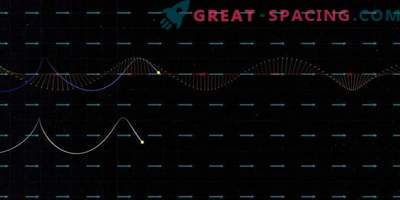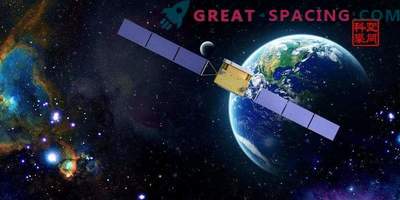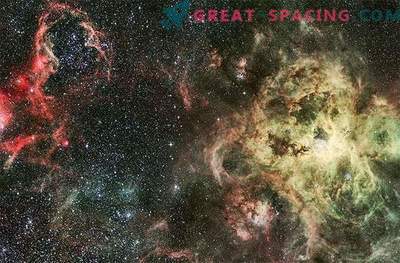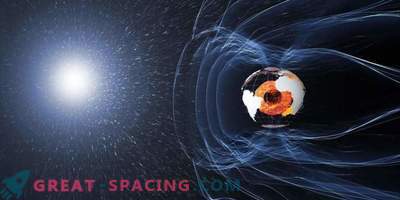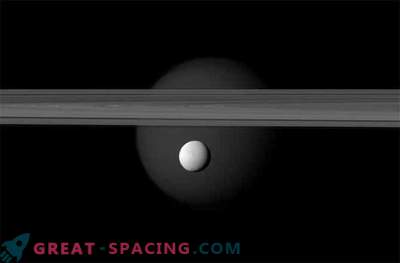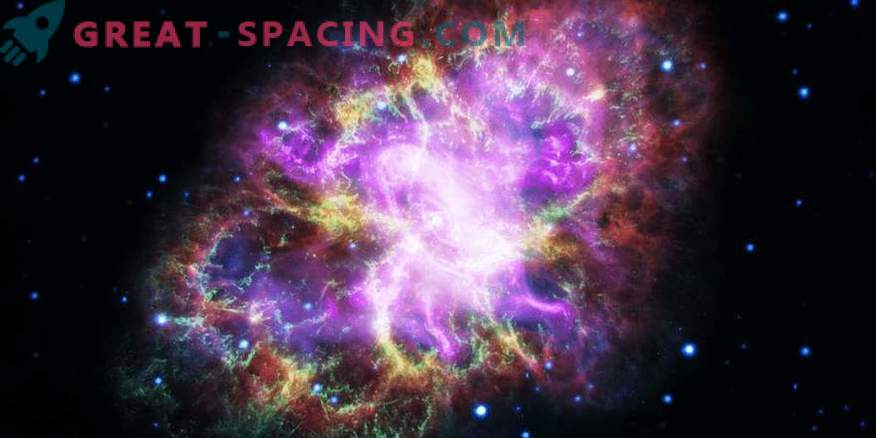
Composite image of the Crab Nebula, created during the survey of five telescopes that covered almost the entire EM spectrum: radio emission - wind of charged particles (red), IR rays with emission of dust particles absorbing UV and visible light (yellow), visible light ( green), UV frames (blue) and X-rays (purple)
Modern astrophysicists are still trying to understand the origin of cosmic rays. These are particles of high energy, common in outer space. New research will help to take a step in solving the issue.
The rays were found 100 years ago. It has already been proven that they pose a great danger to the integrity of the vehicles and the health of the space crew. It is believed that they are formed during shock waves from supernova explosions. The most energetic bring energy 10-100 million times more than that generated in the Large Hadron Collider.
The Crab Nebula is the remnant of a supernova explosion almost 1000 years ago. This is one of the most studied objects in history and a well-known source of cosmic radiation. Rays pass through the entire EM spectrum, where most of it comes from electrons. A recent study says that radiation from a nebula may not be realized in the way traditional models show. Radiation can arise from a single population of electrons, which was previously considered impossible.
The familiar model says: when the particles reach the stroke, they bounce back / forth due to magnetic turbulence. In this process, energy is generated. The model was created in 1949 by Enrico Fermi.
The current does not include what happens to the particles, if they reach the highest energy. But the entire EM spectrum can be explained by adding an acceleration process, where the number of particles decreases more rapidly than with a lower energy index.
The authors believe that it is necessary to deal with the process of acceleration of particles in cosmic sources much more thoroughly. The NASA STEREO, ACE and WIND missions will be exploring.




